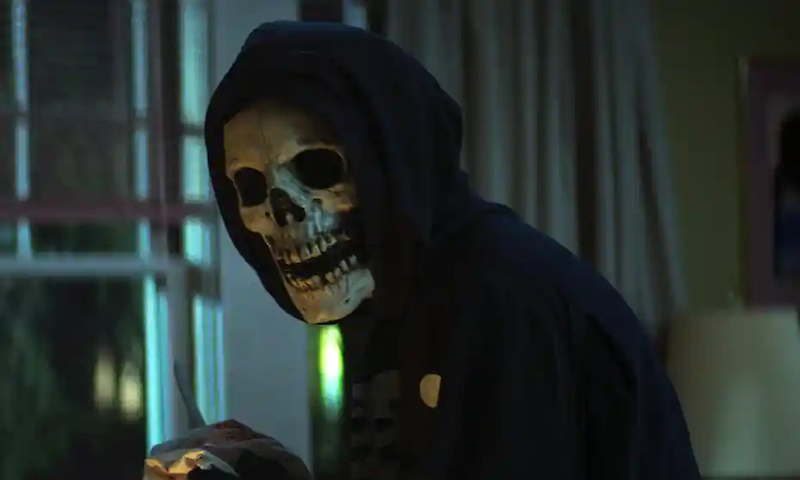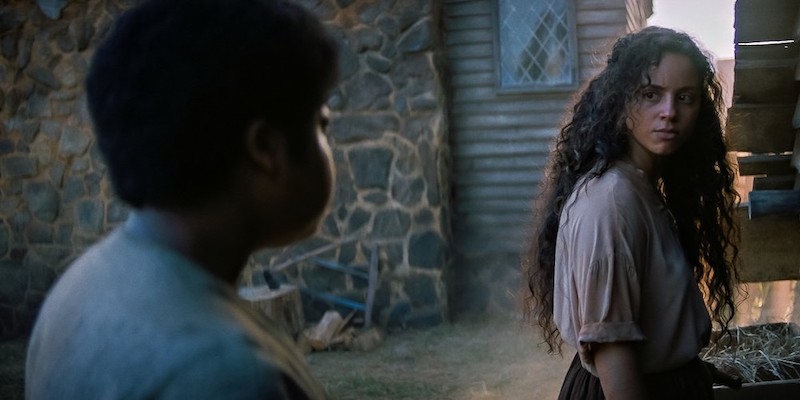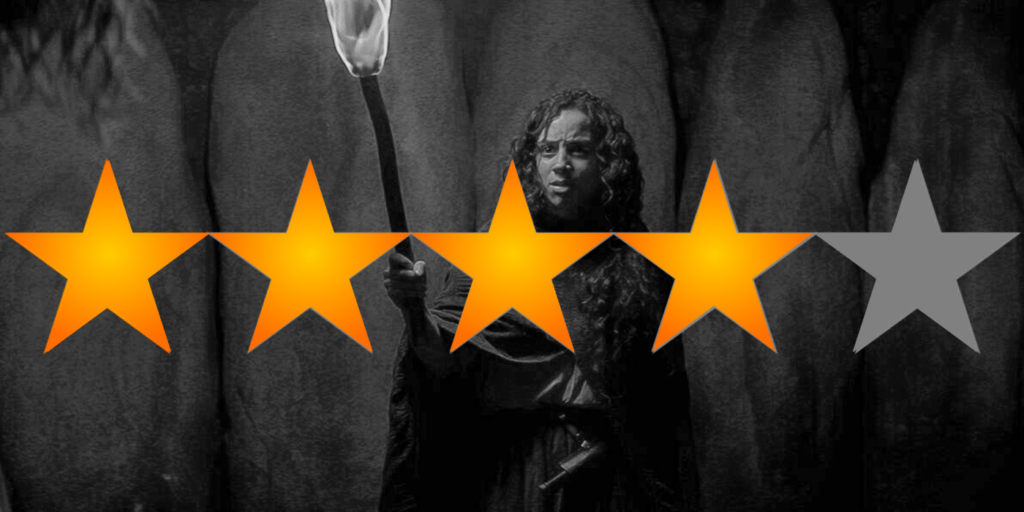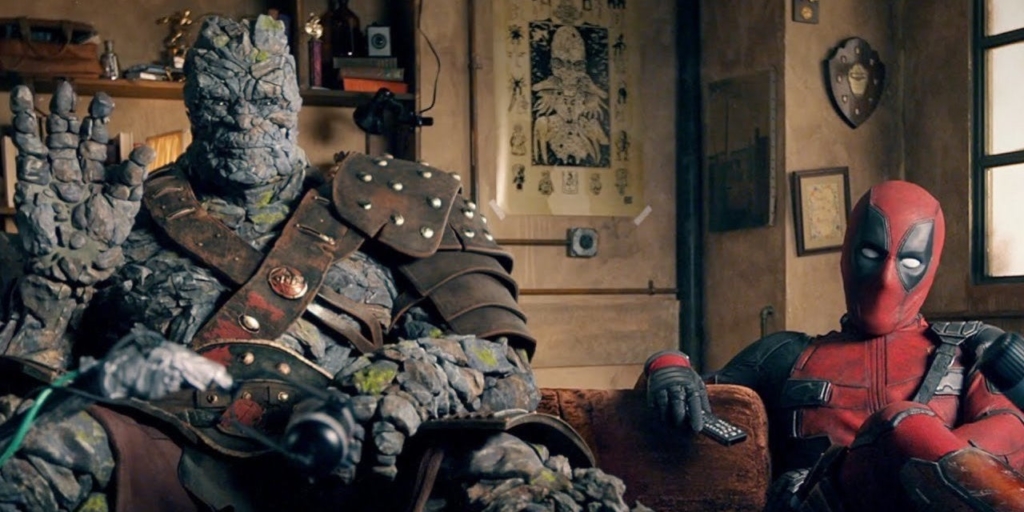90s Nostalgia Meets Fierce Femme Energy in ‘Fear Street’ Trilogy Films
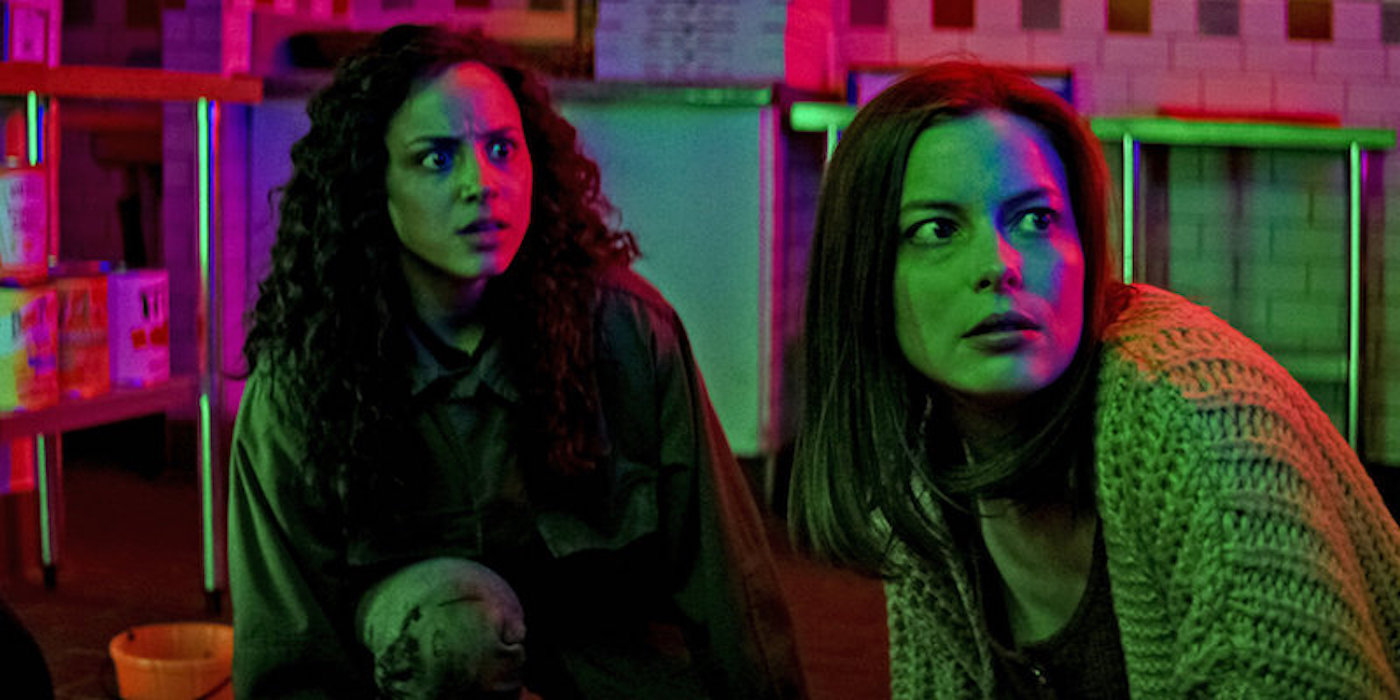
Fear Street creeps and crawls its way from our teenage memories and into the 21st century – and it actually does it well.
Based on the young adult horror book series by 90s horror icon R. L. Stein, the Fear Street trilogy was published in 1989. While the author was better known for his 1992 series Goosebumps, the original Fear Street trilogy was darker and bloodier. And now, more than 30 years later, Netflix brought Stein’s trilogy to the screen.
Fear Street follows a group of misfit teenagers as they try to solve a terrifying paranormal mystery plaguing the town of Shadyside. The films star a few familiar faces, like Community star Gillian Jacobs and Stranger Things alums Sadie Sink and Maya Hawke. The cast is also filled out with plenty of new talent, like Kiana Madeira as Deena, Olivia Scott Welch as Sam, and Benjamin Flores Jr. as Josh.
Past this point, there are mild spoilers for Netflix’s ‘Fear Street’ Trilogy.
Fear Street: 1994
I didn’t warm up to the first film immediately. Or should I say I didn’t warm up to Deena, who was giving me some very possessive vibes off the bat. And while I myself was forever shaped by the musical stylings of 1994, this segment quickly lost control of its soundtrack. The use of songs was so frequent and disjointed, it felt contrived.
But 1994 (and Deena) grew on me. She quickly became the righteously badass heroine the story required and her relationship with Sam gained context and painted a picture of young, queer love. The mystery of the Skull Mask Killer gives Josh the chance to shine as the local macabre history buff. And Simon and Kate both pull through as individually lovable characters whose deaths are both a down-point and an excellent kill sequence.
Once the film finishes establishing that music and malls were a thing in the 90s, it starts to smell more like teen horror in a very enjoyable way. By the time the first third of the trilogy wrapped, I was hooked and ready for the next chapter.
Fear Street: 1978
The stories of Shadyside and its much more successful sister-town Sunnyvale continue – this time at a summer camp in the late-70s. Once again, the music gets a little heavy-handed in the intro, but even the overly-nostalgic lead character’s Bowie-inspired name hits with more warmth after warming up to the first film.
Sadie Sink steals the show as the lovable misfit Ziggy, capturing the roguish preteen standing up to the campers from Sunnyvale. I’m also incredibly fond of stories that revolve around sisters, a dynamic that hasn’t been as explored in fiction as it should be.
1978 doesn’t have a middle lag like some trilogies. In this tale, we get a deeper understanding of the nature of our villain. The fates of Shadyside and Sunnyvale start to become clearer; there’s more to the towns than we previously thought. And once again the story comes to a nice climax for this cast of characters. But there’s still plenty of mystery to unravel.
Fear Street: 1666
1666 is where everything comes together. In Stein’s horror books, some characters reappear, and character mythologies overlap and interact often around Fear Street. The final installment of the Fear Street trilogy pays creative tribute to this by casting characters from the previous two films as members of the original pilgrim township.
Deena inhabits the experience of Sarah Fier when she reunites the accused witch with her severed hand. This is great because it leaves Madeira to play the majority of the role. The casting choices cleverly illustrate the generational trauma handed down through time. They also ensure that the twist at the ending delivers with oompf.
The final chapter in the Fear Street trilogy pulls from the essence of The VVitch. But Eggers’ film centers on the patriarchal fear of female power. Meanwhile, 1666 centers on the perseverance of the feminist witch figure and queer love.
Final Thoughts
In the end, yes, the nostalgia was a little heavy-handed. But Fear Street manages to pay tribute to its source material and introduce progressive story elements simultaneously. It’s a great horror tale for the young and the young at heart. Or a great scary story for folks who aren’t hardcore horror fans. It’s also lesbian final girl energy done exquisitely well, which I’m all for.
I personally come from the poorer half of a pair of sister cities. This series mythologizes a certain classism that (pardon the pun) hit home. It’s worth a watch. It’s worth a rewatch. And I wouldn’t be upset if Netflix gave Leigh Janiak some money to keep building out the Fear Street universe.

